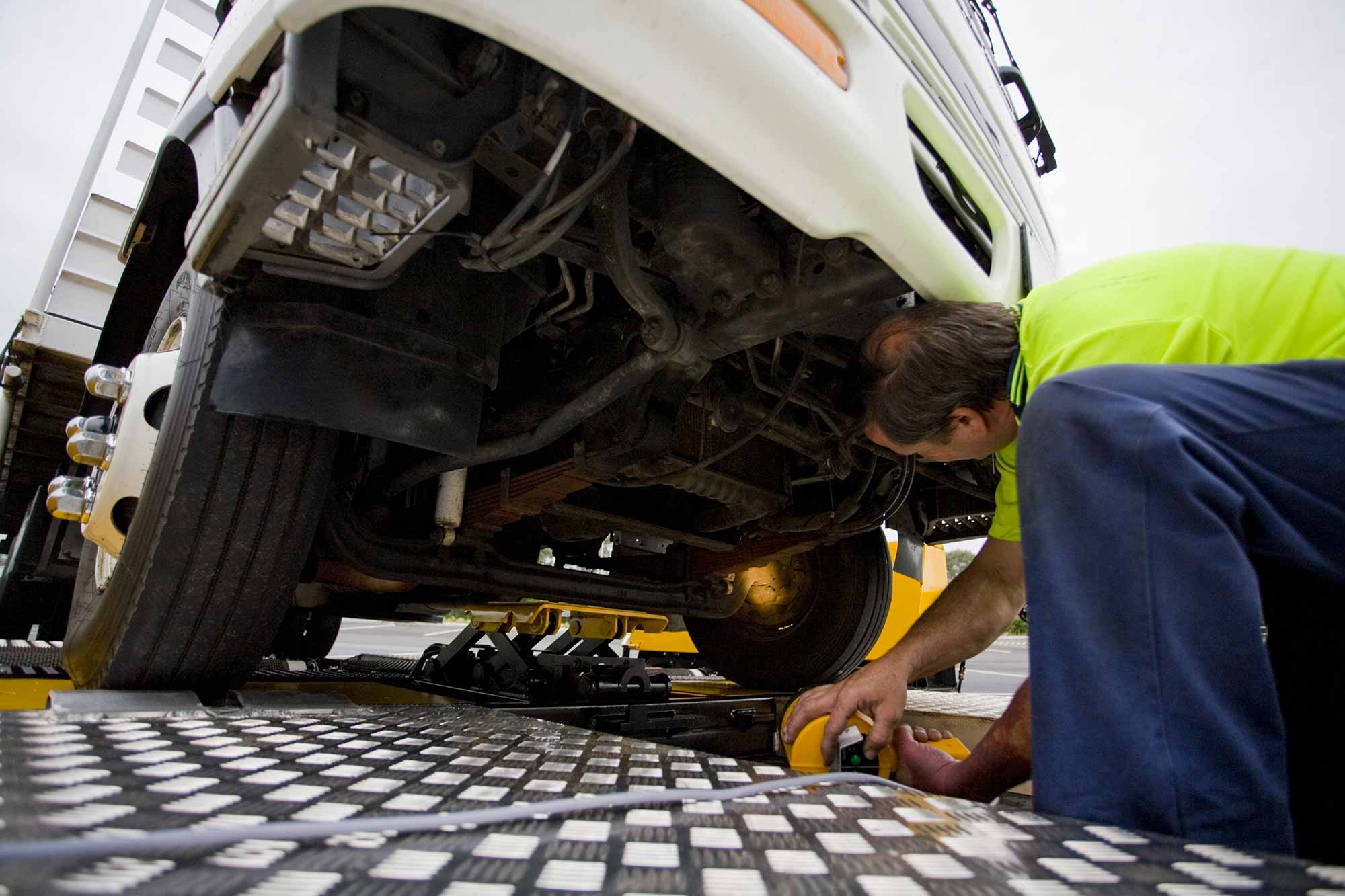Brake testing is a crucial aspect of vehicle safety and performance evaluation. Understanding how brake testing works can provide valuable insights into the functionality and efficiency of a vehicle's braking system. One common tool used for brake testing is the Maha Roller Tester, which utilizes advanced technology to measure braking performance accurately. In this article, we will delve into the science behind brake testing and explore how the Maha Roller Tester operates to ensure optimal safety on the road.
The Basics of Brake Testing
Importance of Brake Testing
- Brake testing is essential for ensuring the safety of drivers, passengers, and pedestrians.
- It helps identify any potential issues with the braking system before they escalate into major problems.
- Regular brake testing can prevent accidents and save lives by maintaining optimal braking performance.
How Brake Testing Works
- During a brake test, the vehicle's braking performance is evaluated by measuring the deceleration rate and stopping distance.
- The test is typically conducted at different speeds to assess the braking system's effectiveness under various conditions.
- Brake testing can be performed using different methods, including dynamometer testing and roller testers.
Introducing the Maha Roller Tester
Overview of the Maha Roller Tester
- The Maha Roller Tester is a sophisticated brake testing tool that uses precision-engineered rollers to simulate road conditions.
- It is designed to assess the braking performance of various types of vehicles, including cars, trucks, and motorcycles.
- The Maha Roller Tester can provide accurate and reliable measurements of braking efficiency, allowing for precise adjustments to be made if necessary.
Key Components of the Maha Roller Tester
- Rollers: The rollers on the Maha Roller Tester are specially designed to mimic real road surfaces and ensure consistent testing conditions.
- Control Panel: The control panel allows technicians to input testing parameters and monitor the results in real-time.
- Sensors: High-precision sensors on the Maha Roller Tester capture data on deceleration rates, stopping distances, and other critical metrics.
How the Maha Roller Tester Works
Step-by-Step Process
- Preparation: The vehicle is positioned on the Maha Roller Tester, and the testing parameters are set on the control panel.
- Acceleration Phase: The vehicle accelerates on the rollers to a predetermined speed, simulating real-world driving conditions.
- Braking Phase: The driver applies the brakes, and the Maha Roller Tester measures the deceleration rate and stopping distance.
- Data Analysis: The test results are displayed on the control panel, allowing technicians to evaluate the braking performance and make any necessary adjustments.
Advantages of the Maha Roller Tester
- Accuracy: The Maha Roller Tester provides precise and reliable measurements of braking performance.
- Efficiency: The testing process is quick and efficient, allowing for multiple tests to be conducted in a short amount of time.
- Flexibility: The Maha Roller Tester can accommodate a wide range of vehicle types and sizes, making it suitable for various applications.
Conclusion
The Maha Roller Tester is a cutting-edge tool that plays a critical role in assessing the braking performance of vehicles. By simulating real-world driving conditions and capturing precise data, the Maha Roller Tester enables technicians to ensure that vehicles are equipped with safe and efficient braking systems. Understanding the science behind brake testing and the functionality of tools like the Maha Roller Tester is essential for maintaining road safety and preventing accidents. With advancements in technology and testing methods, brake testing continues to evolve to meet the highest standards of performance and reliability.

